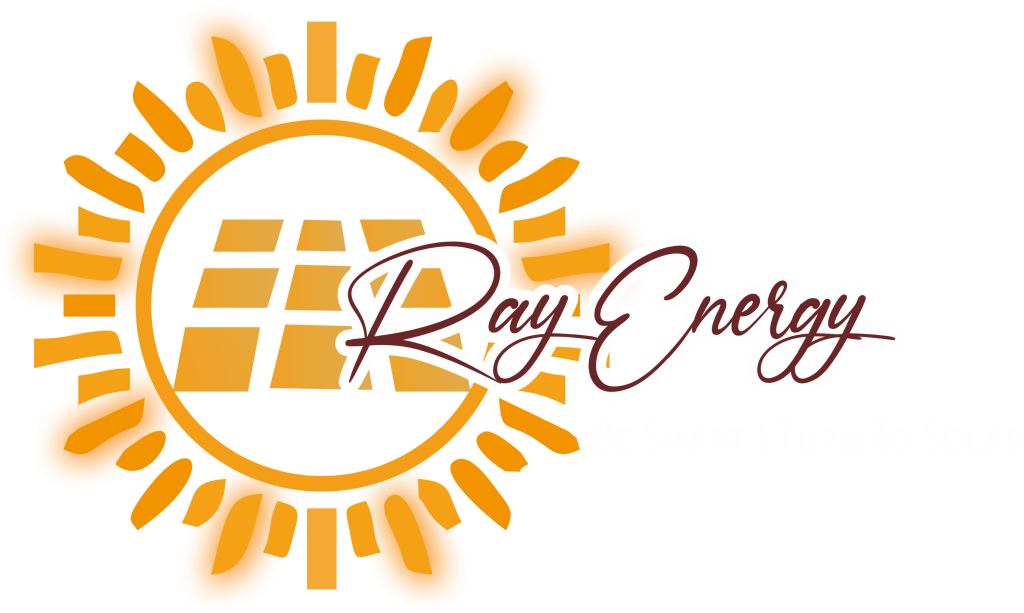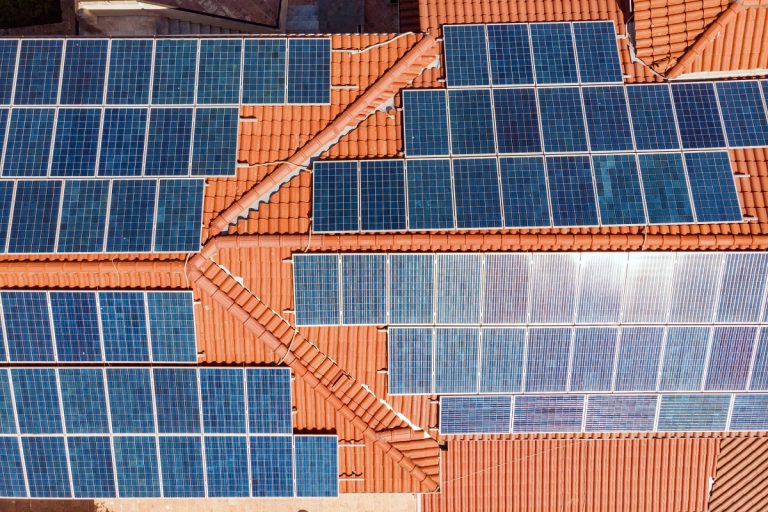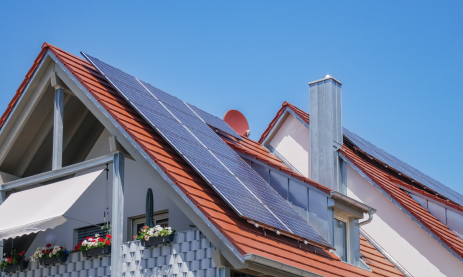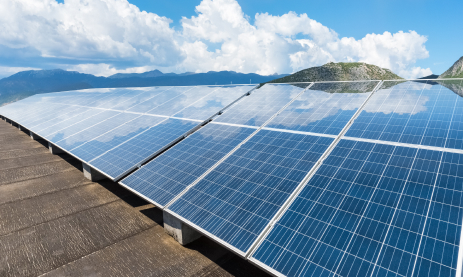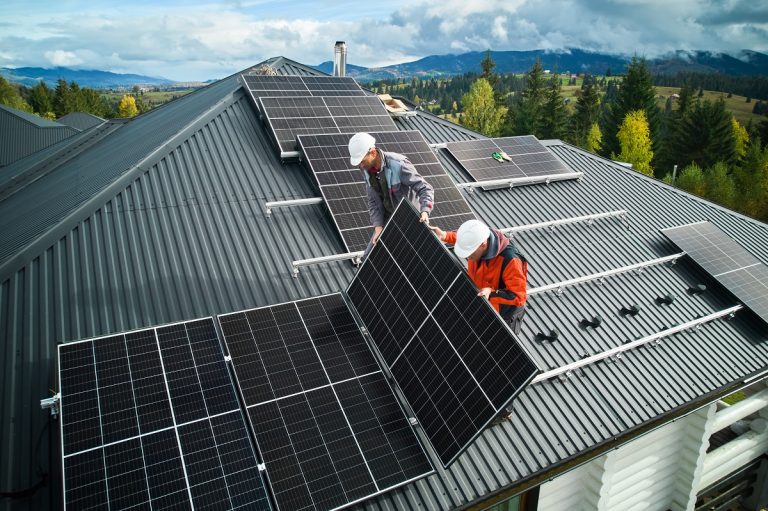Residential solar energy systems are designed to power homes using sunlight, providing a clean and renewable source of electricity. These systems typically consist of solar panels installed on the roof or in the yard, which capture sunlight and convert it into electricity through a process called photovoltaics. The generated electricity can then be used to power lights, appliances, heating and cooling systems, and other electrical devices in the home. Residential solar systems often include inverters to convert the direct current (DC) electricity produced by the panels into alternating current (AC) electricity, which is used in most homes. By harnessing the power of the sun, residential solar systems help homeowners reduce their reliance on traditional energy sources, lower their electricity bills, and decrease their carbon footprint.
Installing a residential solar system begins with a consultation with a solar provider to assess the homeowner's energy needs and the suitability of their property for solar panels. Once the system design is finalized and the necessary permits are obtained, the installation process begins. Solar panels are mounted on the roof or ground using racks or mounting systems designed to withstand various weather conditions. The panels are then connected to the home's electrical system, typically through an inverter, allowing the electricity generated by the panels to be used by the home. After installation, homeowners can monitor their solar system's performance and enjoy the benefits of clean, renewable energy for years to come.
